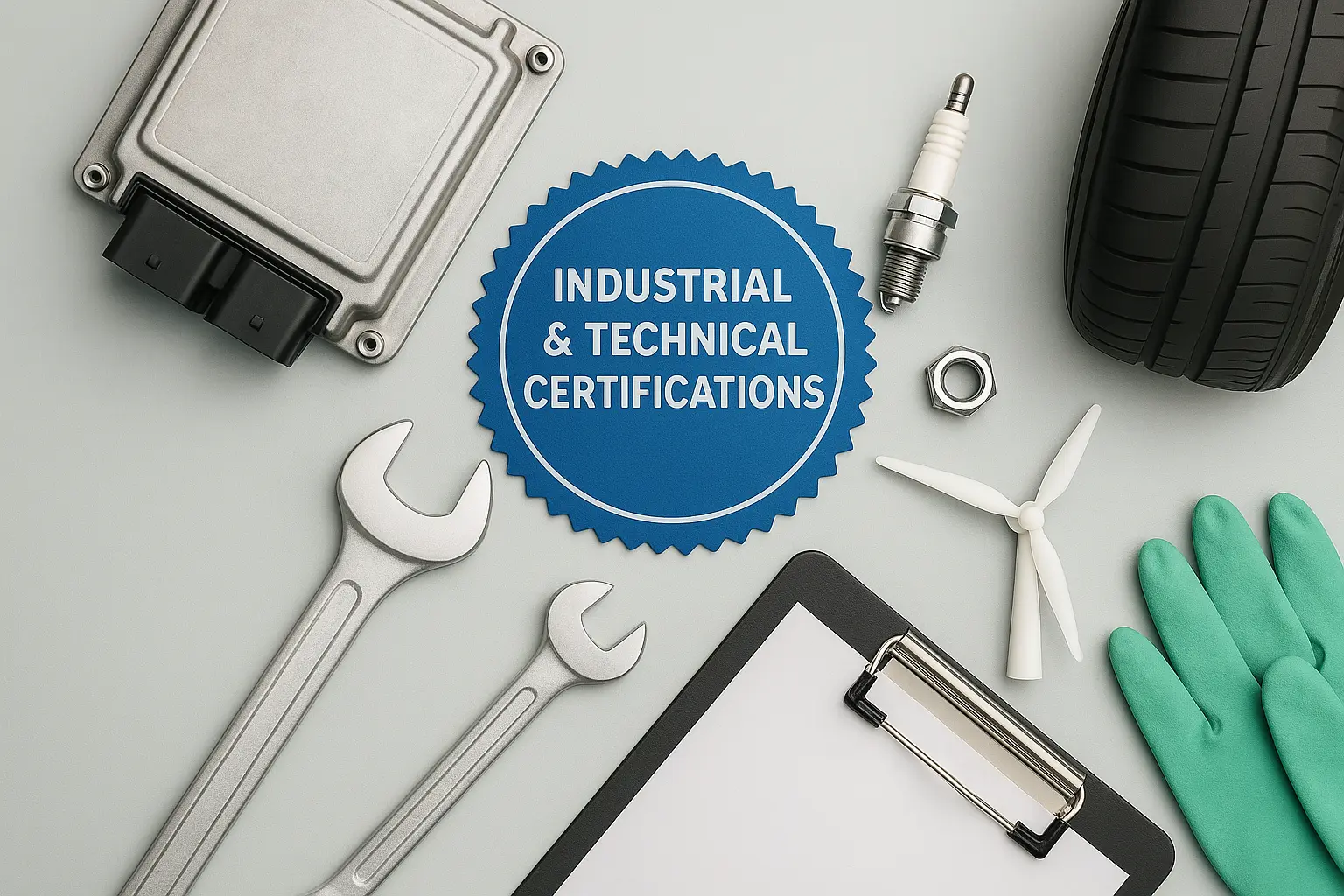ASTM E709 Magnetic Particle Testing Certification
The ASTM E709 standard is a widely recognized method for detecting surface and near-surface defects in ferromagnetic materials. This certification is essential for industries that rely on the integrity of critical components, such as aerospace, automotive, medical devices, and construction. The process involves applying magnetic flux to the material under test (MAT) using electromagnets or permanent magnets. When there are flaws, they create a leakage field that attracts magnetic particles applied to the surface, highlighting the defect.
The ASTM E709 certification is particularly important in sectors where even minor flaws can lead to catastrophic failures. For instance, in aerospace, a small crack might go undetected until it leads to a malfunction or complete failure of the part. The testing process not only ensures the reliability and safety of critical components but also helps manufacturers maintain their reputation for quality.
The standard requires that the test operator possess the necessary knowledge and skills to perform the test correctly, interpret results accurately, and ensure compliance with relevant regulations. This includes understanding the limitations of magnetic particle testing and knowing when other non-destructive evaluation (NDE) methods may be more appropriate.
ASTM E709 is applicable to a wide range of ferromagnetic materials such as steel, cast iron, and certain alloys. It can detect surface-breaking flaws but also near-surface defects, which are often difficult to identify with other testing methods. The certification ensures that the tester is capable of meeting specific acceptance criteria outlined in ASTM E709, including:
- Proper application of magnetic flux
- Cleaning and degaussing procedures
- Application of magnetic particles
- Interpretation of results
The testing process is highly technical, involving detailed specimen preparation. The material to be tested must be free from visible contamination and properly cleaned before the test. The operator must also ensure that the material is uniformly magnetized, which can sometimes require multiple passes or a more complex setup.
ASTM E709 certification ensures not only the accuracy of the testing process but also the reliability of the results. This is crucial in ensuring compliance with international standards and regulations, such as ISO 9712, which sets requirements for qualification and certification of non-destructive testing personnel.
The ASTM E709 certification process involves both theoretical knowledge and practical skills. The candidate must demonstrate proficiency in:
- Understanding the principles of magnetic particle inspection
- Using the appropriate equipment and materials
- Interpreting results accurately
- Documenting test procedures and findings correctly
The testing process is not only about identifying defects but also about ensuring that the material meets specific quality standards. This includes understanding the limitations of magnetic particle inspection, such as its inability to detect certain types of defects or inclusions.
In conclusion, ASTM E709 certification is a vital tool for ensuring the integrity and safety of critical components in various industries. It ensures that testers possess the necessary skills and knowledge to perform accurate and reliable magnetic particle testing, contributing to the overall quality and safety of products and processes.
Benefits
Obtaining ASTM E709 certification offers numerous benefits for individuals and organizations. These include:
- Enhanced Professional Reputation: Certification demonstrates a high level of expertise and commitment to quality.
- Increased Job Opportunities: Employers seek certified professionals, increasing career prospects.
- Better Understanding of Materials: Familiarity with ASTM E709 helps in making informed decisions about testing methods.
- Improved Safety Standards: Certified testers ensure that components meet strict safety and quality standards.
The certification also provides a structured pathway for career advancement, particularly within industries where materials play a critical role. It ensures that professionals are up-to-date with the latest testing techniques and methodologies, contributing to continuous improvement in the field.
Why Choose Magnetic Particle Testing?
Magnetic particle testing (MPT) is a preferred method for detecting surface and near-surface defects because it offers several advantages:
- High Sensitivity: MPT can detect very small cracks or flaws that are not visible to the naked eye.
- Rapid Testing: The process is relatively quick, allowing for efficient quality control during production.
- Non-Destructive: It does not damage the material being tested, preserving its integrity and usability.
- Cost-Effective: MPT requires less equipment and materials compared to other testing methods.
The ASTM E709 certification ensures that testers are proficient in performing this critical inspection. This proficiency translates into more accurate and reliable results, which is essential for maintaining high-quality standards in the manufacturing process.
Use Cases and Application Examples
| Industry | Application | Description |
|---|---|---|
| Aerospace | Engine components | MPT ensures the integrity of engine parts, preventing potential failures in flight. |
| Medical Device Manufacturing | Surgical instruments | Guarantees that surgical tools are free from defects, ensuring patient safety. |
| Automotive | Fuel injection systems | Prevents failures in critical components that could lead to accidents or breakdowns. |
| Construction | Structural steel | Ensures the structural integrity of buildings and bridges, enhancing safety standards. |





